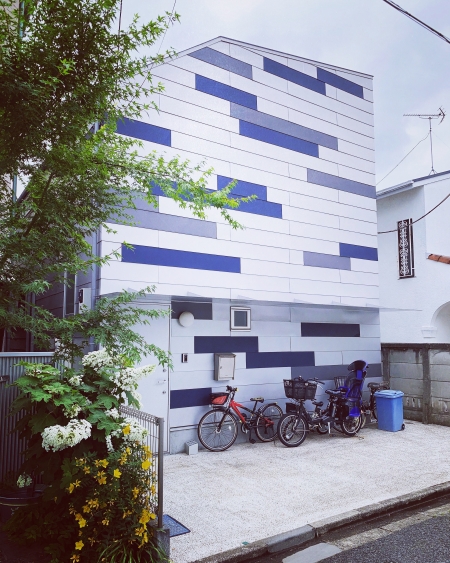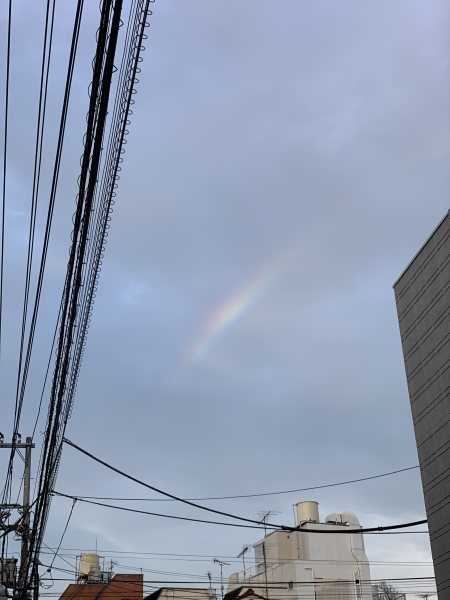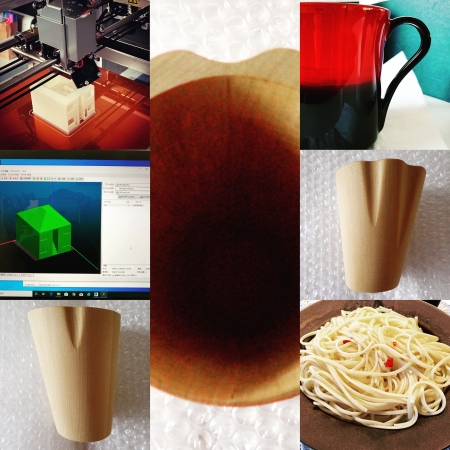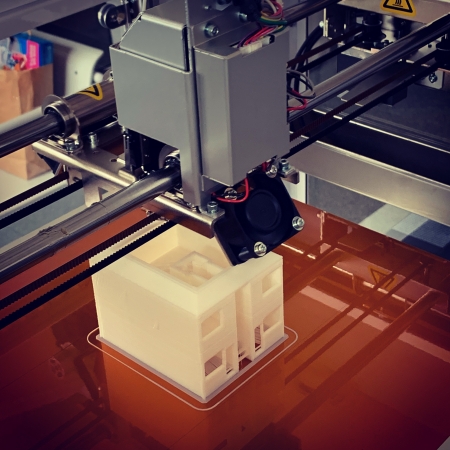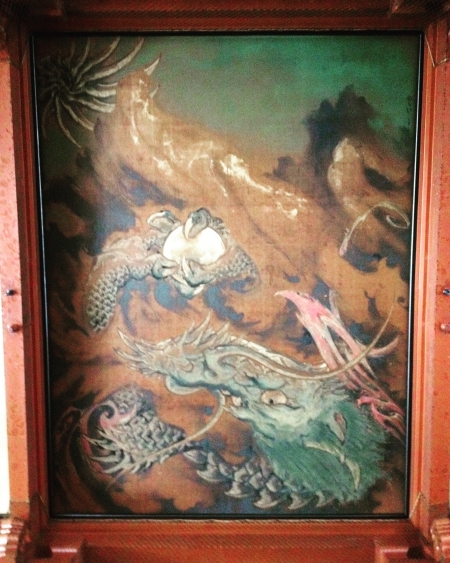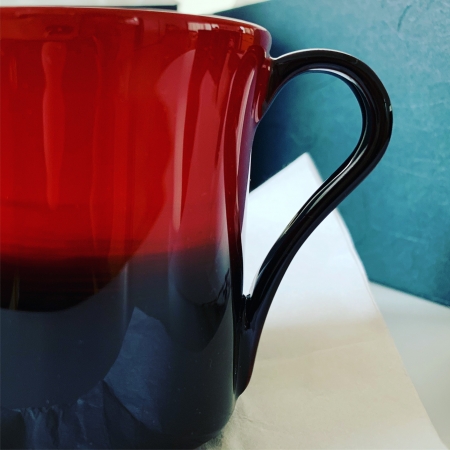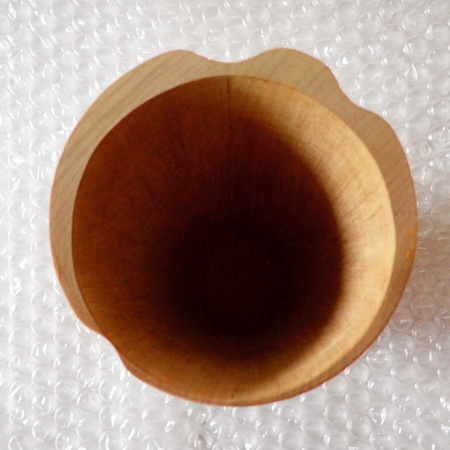7年前と今
7年経つとさすがに人は変わるだろうか、7年前から今でも続いていることがもちろんあるけれど、その何倍も、7年前にはしていた、あったことが今は無い。
それが当たり前かもしれないが、逆に7年前と全てが同じだっだら、そちらの方がおかしいというか、それは進歩も退歩も無いことで、実際、肉体は変わるから、成長か老化かが、それだけで必ず変化があるはず、それに本人が気づいていない、周りは案外変わったな、なんて思っていて、老けたなんて、でも中身は変わらないな、とか。
建築は完成した段階から、成長と老化が同時にはじまる。完成した時はまだ、借り物の服を着ているような、自分たちに馴染んでいない、人に例えると、赤ん坊、それが住んでいくと、段々と自分たちの生活色に染まって、完成した当時の建築に彩りが加わる、それが成長。
ところが、建築を物としてみた場合、完成した当時が1番綺麗で、段々と劣化していく、劣化のスピードは物の材質によるが、劣化するのは止められない、これが老化。
ただ、劣化が上手くできれば味になり、完成した当時の建築に彩りと、さらに味が加わり、完成した当時の建築よりも良くなる、本来内在していたポテンシャルが解放されたような、建築として成熟した姿は実に素晴らしく、完成した当時よりも、少し年月を重ねた方が良い、というか、そうなるように設計している。
今、7年前に完成した住宅に関わっている。完成した当時赤ん坊だったお子さんが小学生になり、兄妹で使用していた部屋に間仕切壁をつくり、部屋を分ける工事、同時に劣化した部分を修復する。
人と建築の成長がシンクロし、7年経って彩りと味が加わった姿を見ているのは何とも楽しいもので、今回をきっかけに久しぶりにお会いする人もいて、見た目が変わってもあいかわらずだな、なんて内心お互い思いながら、また仕事をするようになるかもしれず、それはそれで、進歩だか退歩だか現状維持だかはわからないが、そういうこととは違う尺度でものづくりができていることが、7年前とは1番違うことかもしれない。
"7 years ago and now"
People will change over the course of 7 years, but of course there are things that have continued since 7 years ago, but many times that has been done 7 years ago.
It may be natural, but conversely, if everything is the same as 7 years ago, it is stranger, that is, there is no progress or retreat, in fact the body changes, whether it is growth or aging, There should be a change, and the person himself / herself is unaware of it, the surroundings have changed unexpectedly, and they think they are old, but the contents are not changed.
From the stage of construction completion, growth and aging begin at the same time. When it is completed, it is still unfamiliar to them, such as wearing clothes for rent, like a baby, when it lives, it is dyed gradually to their life color and completed Color is added to the architecture at that time, and it grows.
However, when looking at architecture as an object, it was the most beautiful when it was completed, and gradually deteriorated. The speed of deterioration depends on the material of the object, but the deterioration cannot be stopped.
However, if the deterioration can be made well, it will become a taste, and it will be colored, and the taste will be added, and the taste will be added, and it will be better than the architecture at the time when it was completed. The appearance is really wonderful, and it is better to spend a little more time than when it was completed.
I am involved in a house that was completed seven years ago. The child, who was a baby at the time of completion, becomes an elementary school student, creates a partition wall in the room used by his brother and sister, works to divide the room, and simultaneously repairs the deteriorated part.
It's a lot of fun to see the growth of people and architecture synchronize, and the addition of color and taste after seven years. Some people have met for the first time in a while after this time, even if the appearance changes I think I may start working again while thinking inside my heart, and I don't know if it's progressing, stepping back, or maintaining the status quo, but it's been 7 years that we have been able to make things on a different scale. It may be the most different from the previous one.

